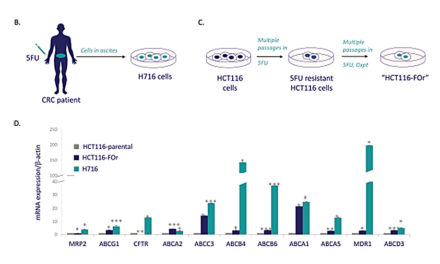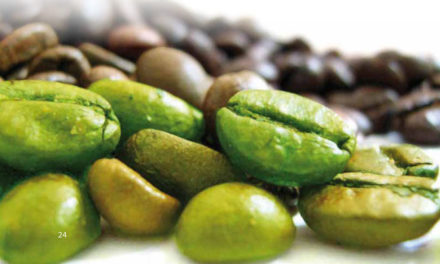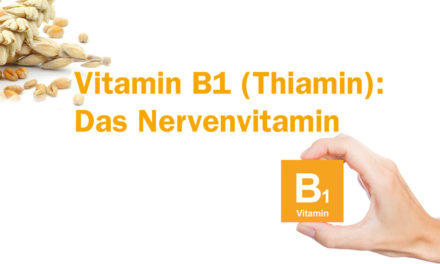Dietary Quercetin and Kaempferol: Bioavailability and Potential Cardiovascular-Related Bioactivity in Humans
Wijdan M. Dabeek and Melissa Ventura Marra *
Division of Animal and Nutritional Sciences, West Virginia University, Morgantown, WV 26506, USA wmdabeek@mix.wvu.edu
* Correspondence: melissa.marra@mail.wvu.edu; Tel.: +1-304-293-2690
Received: 20 August 2019; Accepted: 22 September 2019; Published: 25 September 2019
Abstract
Fruit and vegetable intake has been associated with a reduced risk of cardiovascular disease. Quercetin and kaempferol are among the most ubiquitous polyphenols in fruit and vegetables. Most of the quercetin and kaempferol in plants is attached to sugar moieties rather than in the free form. The types and attachments of sugars impact bioavailability, and thus bioactivity. This article aims to review the current literature on the bioavailability of quercetin and kaempferol from food sources and evaluate the potential cardiovascular effects in humans. Foods with the highest concentrations of quercetin and kaempferol in plants are not necessarily the most bioavailable sources. Glucoside conjugates which are found in onions appear to have the highest bioavailability in humans. The absorbed quercetin and kaempferol are rapidly metabolized in the liver and circulate as methyl, glucuronide, and sulfate metabolites. These metabolites can be measured in the blood and urine to assess bioactivity in human trials. The optimal effective dose of quercetin reported to have beneficial effect of lowering blood pressure and inflammation is 500 mg of the aglycone form. Few clinical studies have examined the potential cardiovascular effects of high intakes of quercetin- and kaempferol-rich plants. However, it is possible that a lower dosage from plant sources could be effective due to of its higher bioavailability compared to the aglycone form. Studies are needed to evaluate the potential cardiovascular benefits of plants rich in quercetin and kaempferol glycoside conjugates.
Keywords
quercetin; kaempferol; flavonols; hypertension; cardiovascular disease









